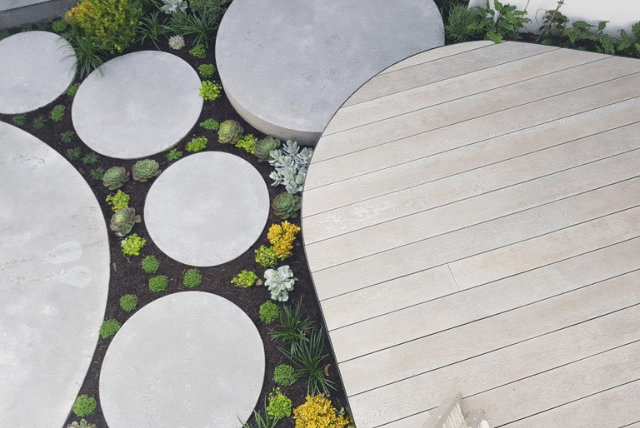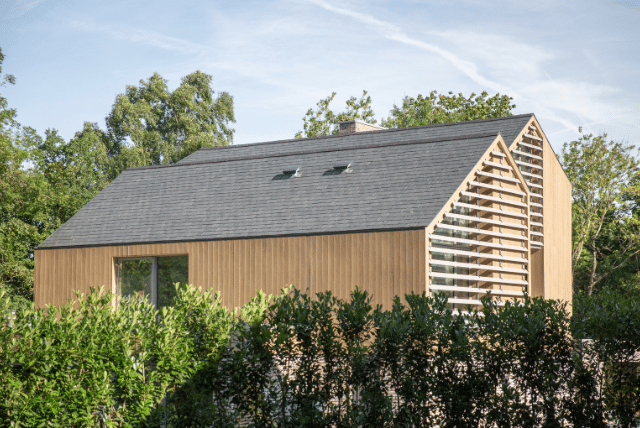Cladding Maintenance and Inspection: How Often Should You Schedule Them?
The building industry continues to witness immense growth worldwide. The rising demand for home construction and renovations mainly drives this growth. According to Statista, the global construction market was valued at USD$ 6.4 trillion as of 2020 and is forecasted to reach USD$ 14.4 trillion by 2030.
Property owners are now focusing on exterior design elements such as external cladding. It’s a covering applied to structures to protect their outside surfaces and enhance their aesthetic appearance. It’s made of different materials, including timber, brick, stone, stainless steel, composites, aluminum, and glass.
And, like other building equipment, your cladding may deteriorate over time. It might be due to wear and tear or exposure to extreme environmental conditions. Therefore, it’s vital to perform regular inspections and determine the most effective way to repair and maintain your cladding.
So, how often should you treat cladding?
- Inspect exterior cladding at least once a year
How do you maintain cladding? First, you should carefully inspect your exterior cladding at least once a year to identify potential repairs. The following are some elements to check during the cladding condition assessment:
- Corroded or missing fixings and flashings
- Loose-fitting plugs and cover boards
- Cracked paint
- Moss, lichen, other dirt, and staining
- Loose sealant
- Open joints in the cladding
- Evidence of rot material dependant
- Faulty or inappropriate fasteners
- Split weatherboards
- Blocked vents
- Gaps in junctions between building materials and at the ends of flashings
- Fading of a clear finish
- Blocked ventilation openings
Notably, conducting more frequent inspections for high-risk buildings like those with railings, parapets, and minimal eaves protection is best. It’s also recommended for coastal areas where the cladding is exposed to sea spray.
If you spot the above problems during the inspection, handling the repairs immediately is vital before they escalate and become more expensive. Also, you’d want to work with a technician to leverage their expertise and ensure everything is done right the first time.
How often do you need to clean your external cladding?
- Clean your cladding every 2-3 years
While you’re advised to clean your cladding at least every two to three years, how often to do it depends on the materials used and the surrounding environment. For example, you should clean glass at three to four monthly intervals and unpainted steel every six months. Also, regular cleaning at three monthly intervals is recommended for severe marine and geothermal areas.
Fortunately, reputable cladding suppliers provide documents with cleaning recommendations, such as the best methods to use and cleaning intervals. Therefore, you’d want to follow such guidelines to ensure your cladding remains visually appealing and reduce potential degradation risks.
Cleaning removes mold, mosses, dust, chemical residues, salt spray, and other dirt that may quicken the deterioration of your cladding. You can use warm water, a soft brush, and a gentle detergent to remove visible dirt and other deposits. You should treat the affected part for stubborn spot stains within the first seven days.
Most importantly, remember not to use harsh chemicals to clean your cladding, especially metal, as it can react with alloys like copper and zinc and alter its natural appearance. Also, cut extended leaves or tree branches that are in contact with your cladding regularly, as they can supply dirt or cause damage to the surface.
How often do I need to repaint my cladding?
- Repaint your cladding every 7-10 years dependent on material
Some materials that require paint coatings may degrade over time, so you should schedule recoating every seven to ten years to maintain your cladding’s decorative properties. However, the actual time frame varies depending on the cladding material, the paint quality, and environmental factors, like intense heat.
For example, traditional cladding may need to be repainted more often. For materials such as cement fiberboard cladding, you can repaint every ten to fifteen years. Also, if you live in a region with intense sunlight, vinyl, aluminium, or stucco cladding should be repainted after every five years, while wood siding can be recoated every three to seven years.
In areas with less exposure to extreme sunlight, paint can last ten years for wood cladding and twenty years for vinyl or aluminum siding. The advantage of using composite cladding such as Millboard no painting or re-painting is required, as they are available in a large range of different cladding colours and textures that require minimum maintenance.
Additionally, it’s essential to choose the right time of the year to repaint your cladding. That’s because freezing temperatures below 40 degrees F and high sunlight can ruin your painting job. So, the ideal time to repaint is early autumn and late spring.
Most importantly, it’s good to check the weather forecast to ensure there’s no rain expected for the days you plan to do the job.
Also, while repainting, remember that rustic cladding in courses or rows, such as shingles, may require 10% or 15% more paint than smooth and flat sidings. For more guidelines on the type of paint to buy and how to recoat your cladding, it’s good to consult a professional contractor or designer.
Conclusion
Cladding maintenance and inspection involve the continuous process of checking and repairing your building’s cladding. The above are some tips for scheduling cladding maintenance and inspection. Altogether, ensure you maintain your cladding effectively for the best possible performance.







